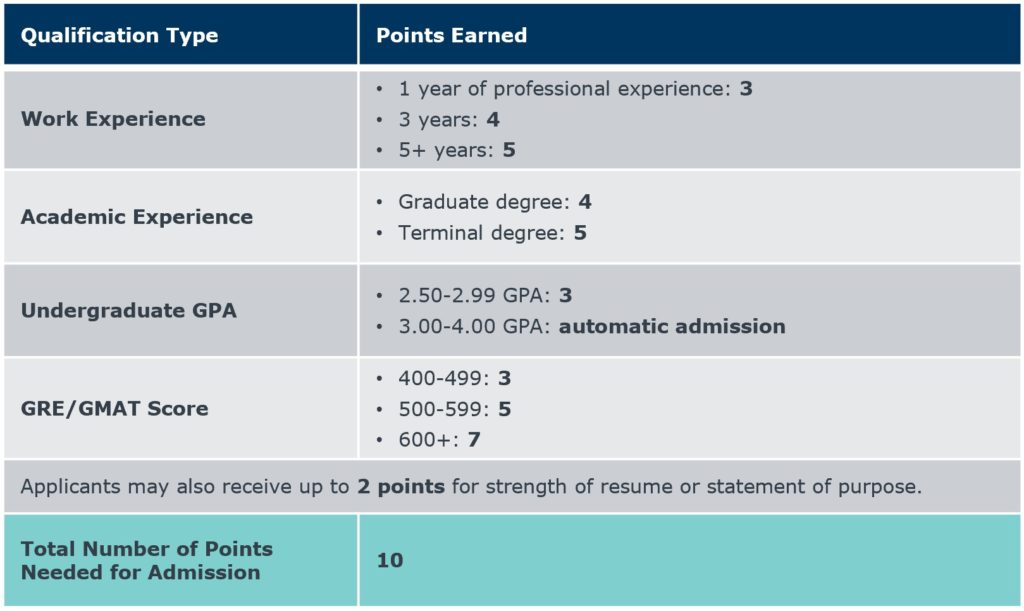3 Questions—and Insights—About Standardized Tests’ Place in MBA Admissions
By Daniel Paulsen
Expert insight contributed by Anthony Donatelli, Will Lamb, and Lauren Edmonds
Across hundreds of conversations with our partners about MBA programs, one of the thorniest topics has been standardized test scores – nearly always the GMAT but occasionally the GRE – and their use in admissions. Here, we’ve answered the three questions business school leaders most commonly struggle to answer when it comes to standardized tests’ role in MBA admissions.
Should we eliminate GMAT requirements in applications?
Student interest is trending toward a post-GMAT world – in fact, searches for accredited MBA programs that did not require the GMAT increased by 200% from March to September 2021. And the number of prospective students not planning to take a graduate admission test nearly tripled from 2019 to 2020. However, student disinterest in test-taking isn’t the only factor to consider. Some of our experts argue that high scores on standardized tests demonstrate commitment and grit that translate into similarly strong academic performance.
So, when should you consider eliminating a GMAT requirement?
- If your program aims to diversify, both in terms of race/ethnicity and in student background. Recent data indicates that Black and Hispanic students are less likely to take the GMAT, meaning a GMAT requirement can limit program diversity.
- If your program aims to expand enrollment beyond traditional MBA candidates. A GMAT requirement can bar students who perform poorly on standardized tests and lack the time and/or money to invest in measures to improve their scores. Busy working adults may also balk at the time needed for preparation and testing despite a willingness to commit to graduate education.
Conversely, when should you maintain a GMAT requirement?
- If your program receives far too many applications to review in full and requires straightforward, quantitative measures to simplify the application review process. A standardized test score can simplify scholarship decisions, though students could submit optional scores to qualify as well. Our researchers have identified three lessons to assist universities as they simplify their admissions requirements.
- If your program’s high ranking plays an important role in attracting students. If too few students provide a GMAT score, or an optional GMAT results in receiving lower scores, the program’s ranking could decline. However, US News and World Report removed the consideration of the GMAT score’s weight in its 2022 online MBA ranking formula and has not yet revealed how scores will factor into other MBA program rankings, which could render this concern irrelevant over time depending on which rankings incorporate scores long-term.
If we drop our GMAT requirement, how can we still ensure we’re admitting students who can succeed?
Without standardized tests informing admission decisions, faculty and internal experts articulate a worst-case scenario in which underqualified students enroll in the MBA program. These students invest significant time and money but prove unable to graduate successfully, further disadvantaging students despite admirable goals to expand program access.
HERE’S HOW ONE BUSINESS SCHOOL INCREASED ENROLLMENT BY 22%
To ensure your program is admitting students prepared for the challenges of MBA coursework, consider prioritizing academic performance and work experience. One business school dean shared that applicants’ transcripts and resumes held the most informative signals of students’ readiness. Requiring a standardized test score created an additional burden for applicants but without necessarily offering greater insight into their readiness.
Below is an example of how Tennessee Tech’s flexible admissions requirements allow students to qualify for the MBA program in varied ways, such as strong past academic performance and work experience.

We’re keeping our GMAT requirement – what other ways can we optimize our admission requirements?
Reduce obstacles to application whenever possible. If you opt to keep the GMAT requirement, consider whether you would waive it if certain criteria were met (e.g., sufficiently high undergraduate GPA). And as always, think about eliminating requirements that may have limited impact in your final admissions decisions, such as multiple letters of recommendation.
Equally important, advertise admission requirements clearly on your website and in marketing materials. Adult learners typically spend fewer than two hours on program applications and apply to only a few institutions, so admissions requirements that are hard to understand or meet may lead prospective students to look elsewhere.
3 TIPS FOR INNOVATIVE AND SUCCESSFUL PROGRAM DESIGN
Eliminating standardized testing requirements in MBA programs speaks to the needs of today’s students with limited time to research and apply for programs. Ultimately, re-evaluating and reducing admissions requirements can help your MBA program attract and serve a wider student audience.
More Blogs

4 questions domestic students will ask before applying to your graduate program

When Grad PLUS disappears: What 8,000+ grad students said about paying for school
